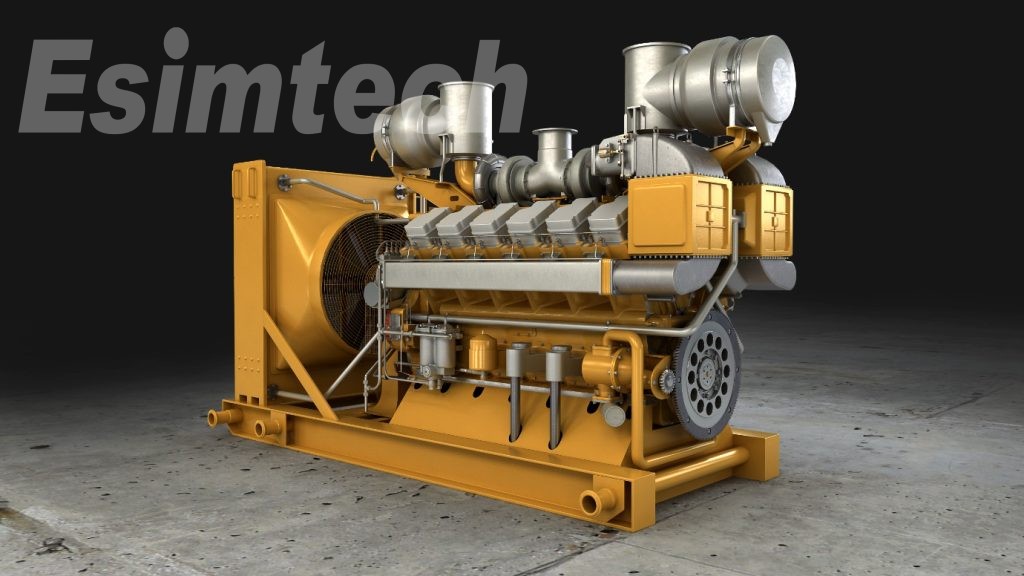Piston Types and Installation Directions
Diesel engines use two different pistons: one for cylinders 1, 3, and 5, and another for cylinders 2, 4, and 6. Each piston’s top surface is engraved with these numbers to distinguish them. An arrow mark on the piston top guides installation direction, which must face the front of the engine.
For a detailed visual understanding of diesel engine mechanisms and installation best practices, the Oil and Gas Drilling Animation offers clear and informative animations.
Connecting Rods and Pistons Assembly
When assembling connecting rods and pistons, the positioning lip of the connecting rod bearing and the piston cooling nozzle notch on the piston skirt must be aligned in the same direction. The piston head’s arrow should point forward. If a protrusion mark exists on the connecting rod shaft, it must align with the piston cooling nozzle notch, and the protrusion side should face the engine rear.
Upper and Lower Connecting Rod Bearings
Newly replaced bearings are not divided into upper and lower parts, but used bearings must be installed back in their original position to ensure proper journal-to-bearing matching. Reversing them can cause malfunctions.
Connecting Rod Cap and Rod Matching
Each connecting rod pairs specifically with its connecting rod cap. These must not be interchanged and must be installed in the correct orientation to avoid damage and ensure engine performance.
Injector Pressure Plate Installation
The crossover pressure plate controls two intake valves simultaneously and features one round hole and one long hole for precise installation and adjustment. When removing this plate, careful marking is necessary to reinstall it correctly. Incorrect installation can cause excessive wear and impair engine performance.
Oil Seal Installation Direction
Crankshaft and starter shaft oil seals must be installed with the self-tightening spring facing inward, toward the engine body. Reversed installation results in poor sealing and oil leaks.
Injector Spring Configuration
The needle valve spring and overrunning spring on the injector serve distinct purposes and must not be interchanged. The needle valve spring ensures quick resetting of the valve, while the overrunning spring provides additional lifting force. Incorrect installation impairs injector pressure relief and engine function.
